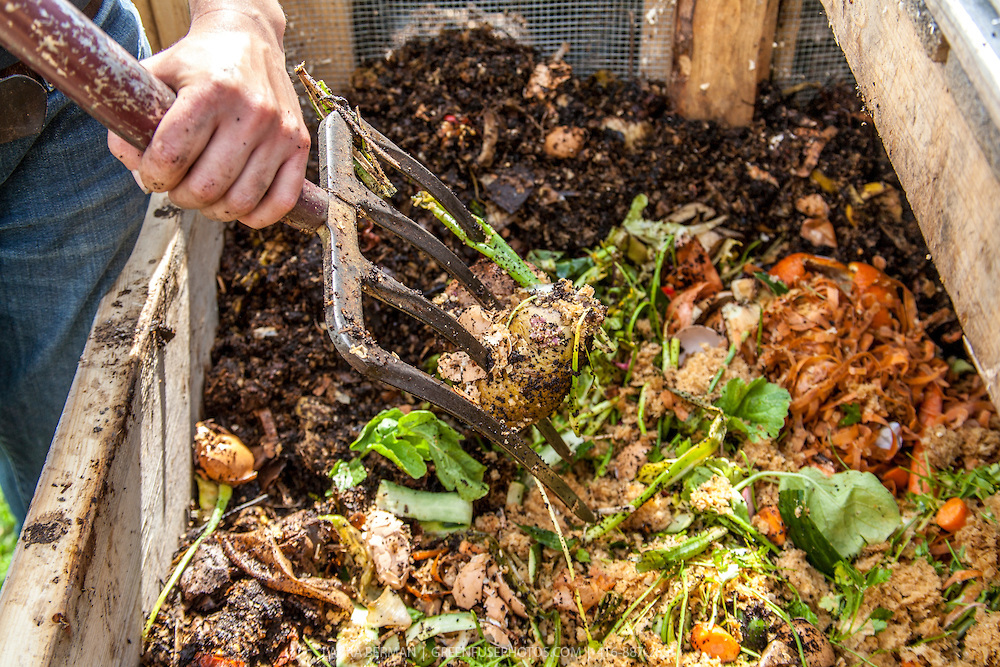Alternative Methods of Composting
Composting is a fantastic way to recycle organic waste and create nutrient-rich soil for your garden. While traditional composting methods involve using a compost bin or pile, there are several alternative methods that can be just as effective, if not more so. In this article, we will explore some alternative composting techniques that you can implement on your smallholding or homestead.
1. Bokashi Composting:
Bokashi composting is an anaerobic fermentation process that utilizes beneficial microbes to break down organic matter. It involves layering food scraps with a special inoculated bran called “bokashi” in an airtight container. The bokashi mixture accelerates the decomposition process and eliminates the need for turning or aerating the compost pile. Once the container is full, the fermented material can be buried directly in the soil or added to a traditional compost pile.
2. Worm Composting:
Also known as vermicomposting, worm composting employs earthworms to break down organic waste into rich humus-like material called worm castings. To start a worm bin, you’ll need a container with drainage holes and bedding materials such as shredded newspaper or coconut coir for the worms to live in. Add food scraps like fruit and vegetable peelings regularly but avoid meat, dairy products, and oily foods that may attract pests. The worms will consume these scraps and convert them into nutrient-dense castings that can be used as fertilizer in your garden.
3. Trench Composting:
Trench composting involves burying kitchen scraps directly into planting beds or trenches dug in your garden instead of piling them up in one location like traditional compost bins do. To trench compost effectively, dig a trench about 8-12 inches deep and add your vegetable peels, coffee grounds, eggshells, and other kitchen waste into it before covering it back up with soil. This method allows the organic matter to decompose directly in the soil, enriching it and providing nutrients for your plants.
4. Compost Tea:
Compost tea is a liquid fertilizer made by steeping compost in water and extracting the beneficial microorganisms and nutrients from it. To make compost tea, fill a large container with water and add a generous amount of well-aged compost or worm castings inside a permeable bag. Let it sit for 24-48 hours, stirring occasionally. The resulting liquid can be strained and applied directly to plant roots or as foliar spray, providing an instant boost of nutrients that can enhance plant growth and health.
5. Hügelkultur:
Hügelkultur is a German term that translates to “mound culture.” It involves creating raised garden beds using woody debris such as logs, branches, leaves, and other organic materials layered with soil on top. As these materials break down over time, they provide a long-lasting source of nutrients for plants while also improving drainage and moisture retention in the bed. Hügelkultur beds are perfect for growing vegetables, herbs, or even fruit trees.
These alternative composting methods offer several advantages over traditional composting techniques. They can save space since they don’t require large bins or piles, allow for continuous decomposition throughout the year (especially trench composting), reduce odors associated with traditional methods (like bokashi composting), improve soil structure (as seen in hügelkultur), or provide readily available liquid fertilizers (compost tea).
By incorporating these alternative methods into your smallholding or homestead practices, you can maximize waste reduction efforts while simultaneously enhancing your garden’s fertility without relying solely on chemical fertilizers.
So why not try one or more of these alternative composting techniques today? You’ll not only be reducing waste but also creating nutrient-rich soil that will help your plants thrive!


Leave a comment